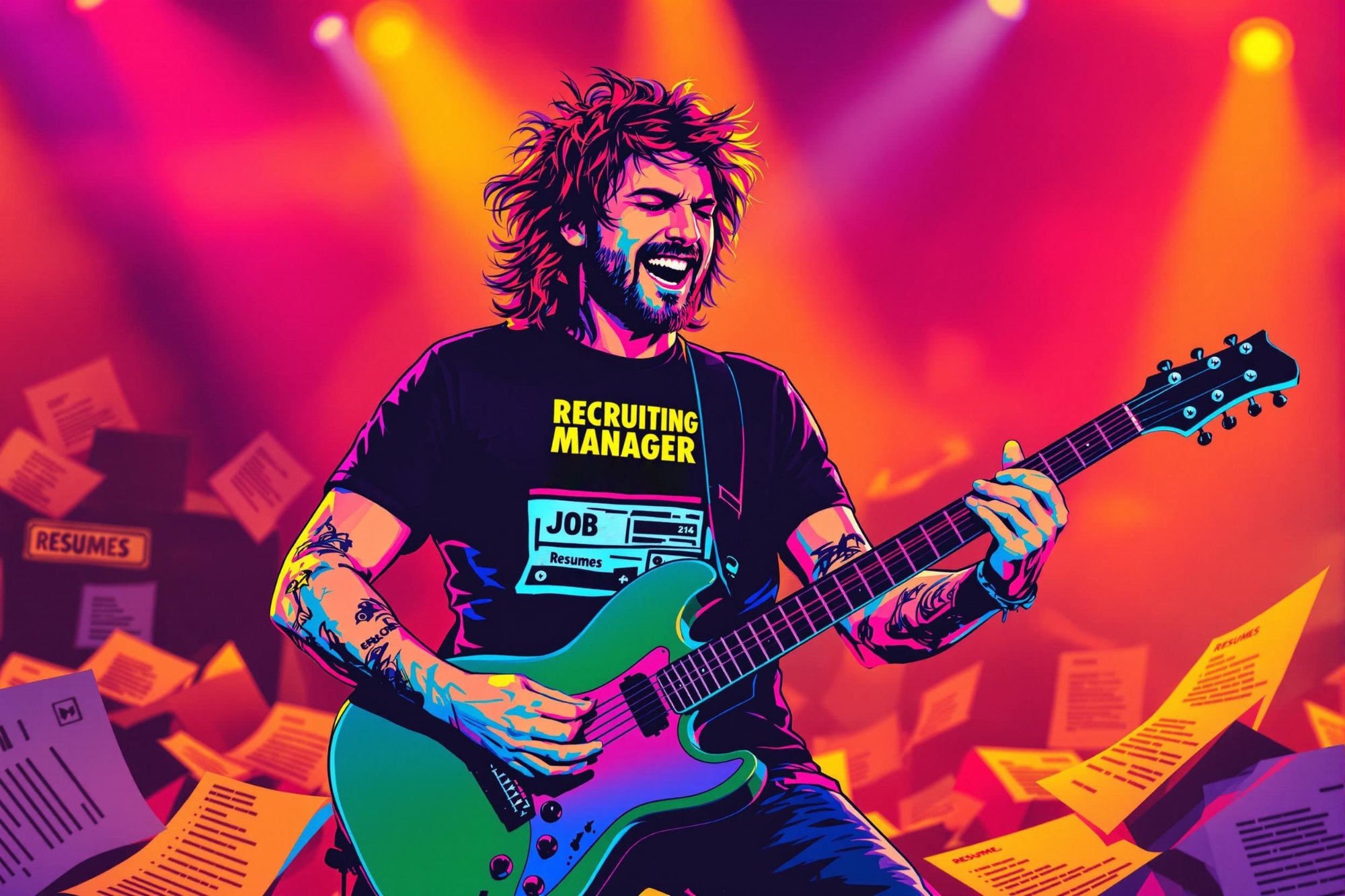
Storyboard
A storyboard is like a comic-book version of a film or video that shows how each scene will look before filming begins. It's a series of drawings that help everyone on a production team understand the director's vision, camera angles, and scene sequence. Think of it as a visual planning tool - similar to how architects use blueprints before building a house. People who create storyboards (called storyboard artists) take scripts and turn them into visual guides that help directors, cinematographers, and other team members plan their work more effectively. This planning tool is used in movies, TV shows, commercials, and even video games.
Examples in Resumes
Created detailed Storyboard sequences for 12 television commercials
Developed Storyboards for animated series using both digital and traditional methods
Collaborated with directors to translate script elements into Storyboard panels
Typical job title: "Storyboard Artists"
Also try searching for:
Where to Find Storyboard Artists
Online Communities
Job Boards
Professional Networks
Example Interview Questions
Senior Level Questions
Q: How do you handle last-minute changes to storyboards when working with tight deadlines?
Expected Answer: A senior storyboard artist should discuss their experience managing revisions efficiently, maintaining clear communication with directors, and having systems in place for quick turnarounds while maintaining quality.
Q: How do you lead a team of junior artists while maintaining consistent style across a project?
Expected Answer: They should explain their methods for creating style guides, reviewing work, providing constructive feedback, and maintaining project consistency while developing junior talent.
Mid Level Questions
Q: How do you translate a script into effective visual sequences?
Expected Answer: Should explain their process of reading scripts, breaking down scenes, choosing key moments, and creating clear visual storytelling that serves the story's needs.
Q: What tools and software do you use in your storyboarding process?
Expected Answer: Should be able to discuss both traditional and digital tools, demonstrate knowledge of industry-standard software, and explain when to use different methods.
Junior Level Questions
Q: What are the essential elements of a good storyboard panel?
Expected Answer: Should mention clear composition, proper perspective, basic camera angles, and ability to convey action and emotion through simple drawings.
Q: How do you show camera movement in your storyboards?
Expected Answer: Should be able to explain basic methods for indicating camera moves, using arrows, multiple frames, or motion lines to show movement.
Experience Level Indicators
Junior (0-2 years)
- Basic drawing and sketching ability
- Understanding of basic film shots and angles
- Knowledge of standard storyboard formats
- Basic digital art tools
Mid (2-5 years)
- Strong visual storytelling ability
- Proficiency with digital storyboarding tools
- Understanding of film production pipeline
- Ability to work under tight deadlines
Senior (5+ years)
- Advanced scene composition and storytelling
- Team leadership and project management
- Client relationship management
- Multiple style adaptation capabilities
Red Flags to Watch For
- Unable to draw basic scenes clearly
- No knowledge of basic film terminology
- Poor time management with deadlines
- Lack of digital tool proficiency
- No understanding of production pipeline
Related Terms
Need more hiring wisdom? Check these out...

Beyond Spreadsheets: Why Executive Dashboards in ATS Systems Are Your Secret Hiring Weapon

Beyond Borders: Mastering the Art of a Global Onboarding Calendar

When Job Ads Dance: Why Your Next Hire Might Come From a 20-Second TikTok

